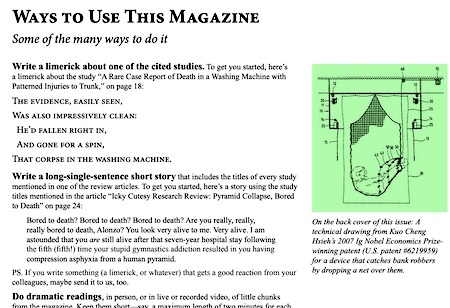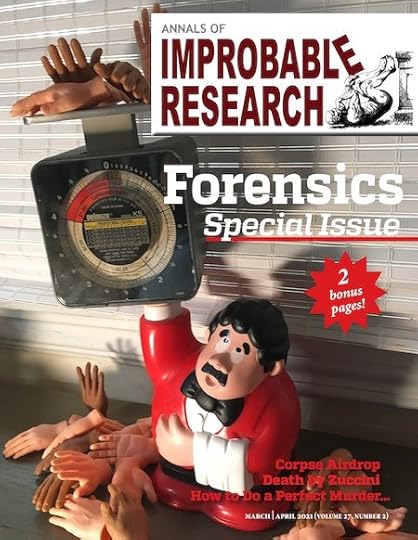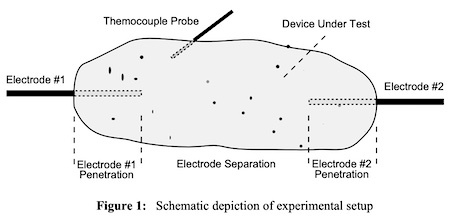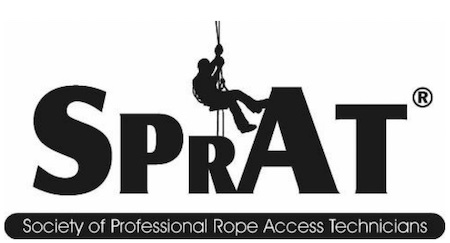Marc Abrahams's Blog, page 80
May 18, 2021
Advocating Adding Laterality to Chernoff Faces
Chernoff Faces, perhaps the most human way of presenting statistical data— the method was invented by Herman Chernoff, thus the name— gained extra expression in this later paper by Bernhard Flury and Hans Riedwyl:
“Graphical Representation of Multivariate Data by Means of Asymmetrical Faces.” Bernhard Flury and Hans Riedwyl, Journal of the American Statistical Association, vol. 76, no. 376, 1981, pp. 757-765. The authors, at the University of Berne, Switzerland, report:
[image error]
“Proceeding from the idea of Chernoff (1971, 1973) of representing multivariate data by faces, a new face is proposed in which the face parameters of the left and the right side can be varied separately. The new face can be applied in the same way as the usual Chernoff face (with 36 instead of 18 representable variables)…. Several examples illustrate these applications. Compared with Chernoff’s face, the new construction is more realistic, degenerates less, and avoids as much as possible mutual influences of the different face parameters.”
Edward Tuffte, the god of data presentation methods, wrote that asymmetrical Chernoff faces would “reduce well, maintaining legibility even with individual areas of 0.05 square inches as shown … with cartoon faces and even numbers becoming data measures, we would appear to have reached the limit of graphical economy of presentation, imagination, and let it be admitted, eccentricity”.

May 17, 2021
Associations: Penrose Tiling and toilet paper
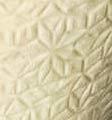 Why would London’s Science Museum permanently archive four rolls of Kleenex toilet paper from 1997?
Why would London’s Science Museum permanently archive four rolls of Kleenex toilet paper from 1997?
The answer lies in the design of its embossed cushioning pattern . . . The tiled design is a version of Penrose Tiling – a mathematically repeating pattern which was devised (or if you prefer discovered) by Nobel Prize winner Sir Roger Penrose CM FRS in the mid 1970s.
At the time, professor Penrose and his associates were not overly amused – to the extent that they started a litigation process against Kimberly-Clark Ltd. (the UK-based wing of the owners of the Kleenex brand)
The tiled toilet paper pattern was later withdrawn.
Note: The tiling was awarded a US patent in 1979 – which has now expired. Here is another example pattern :
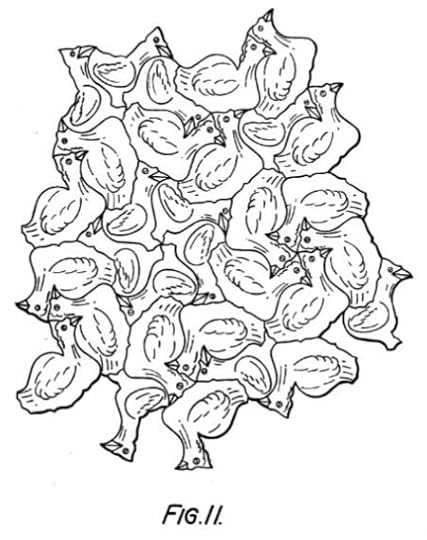
Photo credit : The photo-illustration top-right is an enlarged crop from a CC licenced photo provided by the The Board of Trustees of the Science Museum
[image error]
May 16, 2021
Podcast Episode #1068: “Eyebrows of Narcissists”
The Ig Nobel Prizes honor achievements that make people LAUGH, then THINK.
In the Ig Informal Lectures, some days after the ceremony, the new Ig Nobel Prize winners attempt to explain what they did, and why they did it.
In Podcast Episode #1068, Marc Abrahams presents the 2020 Ig Nobel Prize winners for Psychology Miranda Giacomin and Nicholas Rule. They received the prize for devising a method to identify narcissists by examining their eyebrows.
The study:
“Eyebrows Cue Grandiose Narcissism,” Miranda Giacomin and Nicholas O. Rule, Journal of Personality, vol. 87, no. 2, 2019, pp. 373-385.
Seth Gliksman, Production Assistant
Available on Spotify, Apple Podcasts, Overcast, Google Podcasts, AntennaPod, BeyondPod and elsewhere!

May 14, 2021
Ways to use the special FORENSICS issue
“Ways to Use This Issue” is a featured article in the special Forensics issue (volume 27, number 2) of the Annals of Improbable Research. This article is free to download:
Here’s a shorthand version of what’s in that article:
Write a limerick about one of the cited studies….Write a long-single-sentence short story that includes the titles of every study mentioned in one of the review articles….Do dramatic readings, in person, or in live or recorded video, of little chunks from the magazine….Watch an Ig Nobel Prize winner…Go down a rabbit hole. For some item that catches your fancy…Go down a maybe-important rabbit hole…If you are a journalist, some of those rabbit holes house bunnies that can make news editors hop to attention…Start an argument about whether some particular study is good or bad, important or trivial, valuable or worthless.
May 13, 2021
Improbable Research: Special Forensics issue
The special FORENSICS issue (volume 27, number 2) of the magazine, Annals of Improbable Research is now out and about. It sports a special filmy noir cover design:

Shakespeare and the whole-mouse homogenizer
Seeing that Shakespeare introduced many words to his audiences, the makers of modern homogenizers are using Shakespeare to introduce the introduction of their product’s name to their audience.
The nature of the product may already have been familiar to many people because of a charming old ad, reproduced here (thanks to Scott Langill for bringing it to our attention). The ad features the comforting headline: “Only the Polytron reduces an entire mouse to a soup-like homogenate in 30 seconds”:
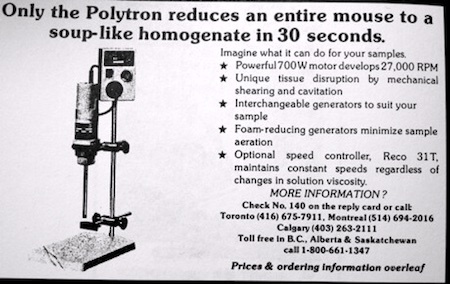
Shakespeare entered the picture later, when Deb Shechter of the BEE International company (makers of “next generation homogenizers”) wrote, in her company’s blog:
What is a Polytron Homogenizer?
In the world of homogenizers, it’s a lot like Shakespeare’s Juliet said: “.” Depending on where you are and who you are, you might call a homogenizer a sonicator, a lysor, a bead mill, a high shear mixer, a disperser or a tissue tearor. You might even call a standard blender or whisk a homogenizer. Sometimes, people refer to all homogenizers by the brand name Polytron® (much like many call all tissues “Kleenex®”), and sometimes they specify the kind of homogenizer according to the type of force it supplies, like a mechanical, high-pressure or ultrasonic homogenizer. In the end, however, all these names refer to the same basic piece of equipment that is used by laboratories and in industrial processes to disrupt and blend the components of a product.

May 11, 2021
On Light from Pickles, and Pickle on Light
Two papers for your consideration, with the opportunity to find relationships between them:
Light from Pickles (and Other Sources)“Characterization of Organic Illumination Systems,” Bill Hamburgen, Jeff Mogul, Brian Reid, Alan Eustace, Richard Swan, Mary Jo Doherty, and Joel Bartlett, Western Digital Laboratory Technical Note TN-13, April 1, 1989. (Thanks to Richard Holstein for bringing this to our attention.). The authors begin:
“There has been a great deal of interest of late in triboluminescence and electroluminescence in organic materials. Triboluminescence in wintergreen Life Savers has been investigated by many over the years, while electroluminescence in organic thin films is an active area of current research both here and abroad. In early December 1988, our attention was called to work by Bill Bidermann on electroluminescence in pickles. It was reported that inserting iron electrodes into a dill pickle and energizing with modest alternating currents caused the pickle to glow. Subsequent reports reached us in January 1989 regarding corroborating experiments. We decided to investigate the phenomenon with the aim of improving our understanding of the underlying mechanisms and examining the potential for commercial applications.”
Pickle (and Others) on Light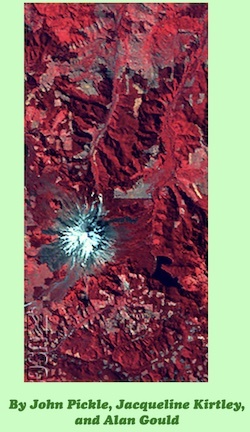 “ABC’s of DEW (ADI) Software“, John Pickle, Jacqueline Kirtley, and Alan Gould, STEM Digital, vol. 20, 2009. The authors begin:
“ABC’s of DEW (ADI) Software“, John Pickle, Jacqueline Kirtley, and Alan Gould, STEM Digital, vol. 20, 2009. The authors begin:
“Many of us were taught at a young age that the primary colors are red, yellow, and blue. Our early experiences with color mixing were blending together paints where yellow and blue make green and the three colors stirred together make colors ranging from brown, gray, or black. From this we have two errors in our understanding of color. First, primary colors can be mixed together to create all other colors. Second, that red, yellow, and blue are the primary colors. When we talk about primary colors, we generally think about three colors which can be mixed together to create all of the colors of the rainbow. Have you ever tried to make black out of your red, yellow, and blue? Even more difficult—try to make fluorescent pink, silver, or gold. Primary colors cannot make all other colors, but they can make the most colors from the fewest starting resources.”

May 10, 2021
Podcast Episode #1067: “Using Voodoo Dolls to Measure Aggression in Married Couples”
In Podcast Episode #1067, Marc Abrahams shows an unfamiliar research study to developmental biologist Dany Adams. Dramatic readings and reactions ensue.
Remember, our Patreon donors, on most levels, get access to each podcast episode before it is made public.
Dany Adams encounters:
“Low glucose relates to greater aggression in married couples,” by Brad J. Bushman, C. Nathan DeWall, Richard S. Pond, Jr., and Michael Hanus, Proceedings of the National Academy of Sciences, vol. 111, no. 17, 2014, pp. 6254-6257.
Seth Gliksman, Production Assistant
Available on Spotify, Apple Podcasts, Overcast, Google Podcasts, AntennaPod, BeyondPod and elsewhere!

Dual Wiggle/Wriggle Nominative Determinism Corrections
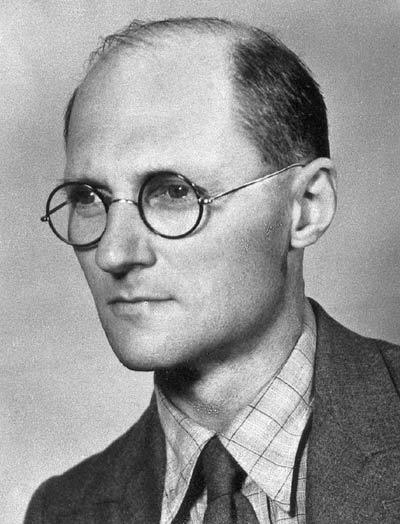 It should be noted that the author of ‘The Physiology of Insect Metamorphosis’ (1954) was Sir Vincent Brian Wigglesworth CBE MD FRS [pictured] . . .
It should be noted that the author of ‘The Physiology of Insect Metamorphosis’ (1954) was Sir Vincent Brian Wigglesworth CBE MD FRS [pictured] . . .
. . . and not V. B. Wrigglesworth, as Cambridge University Press might suggest.
(Neither was he V. P. Wigglesworth, as Google Books might have you believe)
Research research by Martin Gardiner

May 7, 2021
Doest though know the ropes? Then art thou SPRAT-certified?
The Society of Professional Rope Access Technicians (SPRAT) certifies all three levels of Rope Access Technician. The organization has spiffy logo:
Rope access technicians are technicians who hang off or on ropes, on purpose, for reasons other than burglary, generally involving buildings, monuments, and such.
You might wonder who maintains and manages the Certification Requirements for Rope Access Work standards document for SPRAT. The official answer is The Certification Requirements Committee. The Certification Requirements Committee, in its own words, “maintains and manages the Certification Requirements for Rope Access Work standards document.”
Alternatively, or in addition, you might wonder who maintains industry specific brochures for SPRAT. The official answer to that is The Industry Specific Committee. The Industry Specific Committee, in its own words, “maintains industry specific brochures.”
Here is a colorful (Can you identify all of the colors?) video—one of many—made by one of the many SPRAT-friendly organizations tied together by bonds of rope knowledge, lore, and practice:

Marc Abrahams's Blog
- Marc Abrahams's profile
- 14 followers


